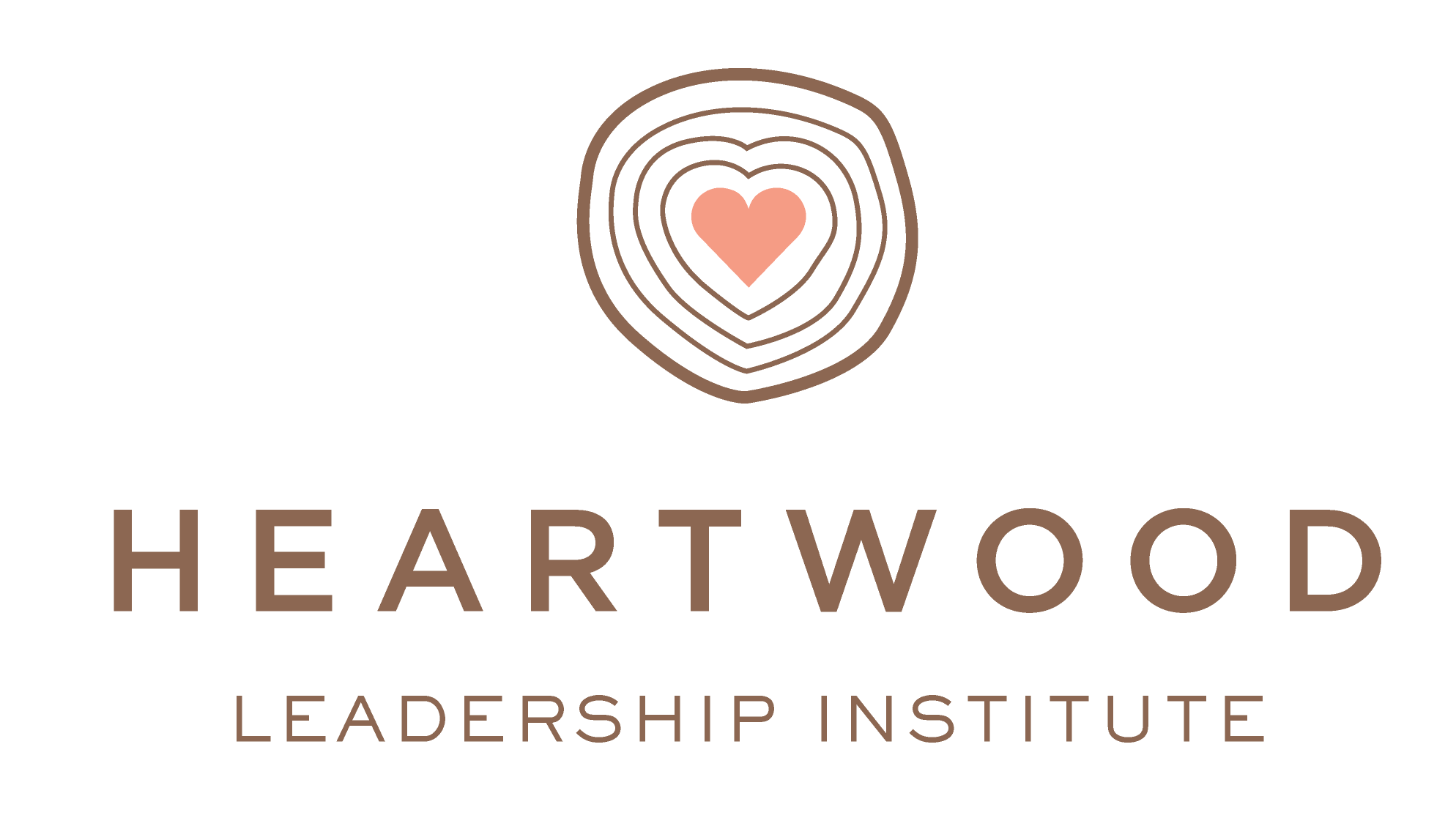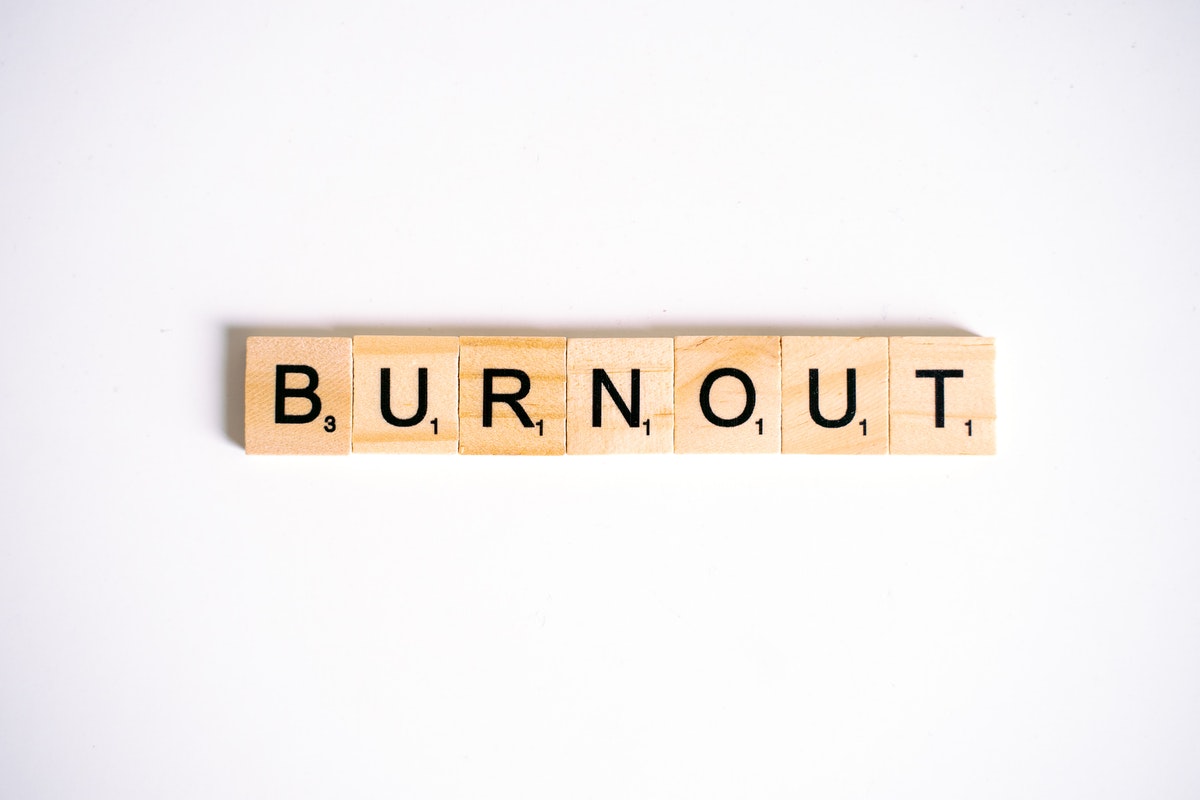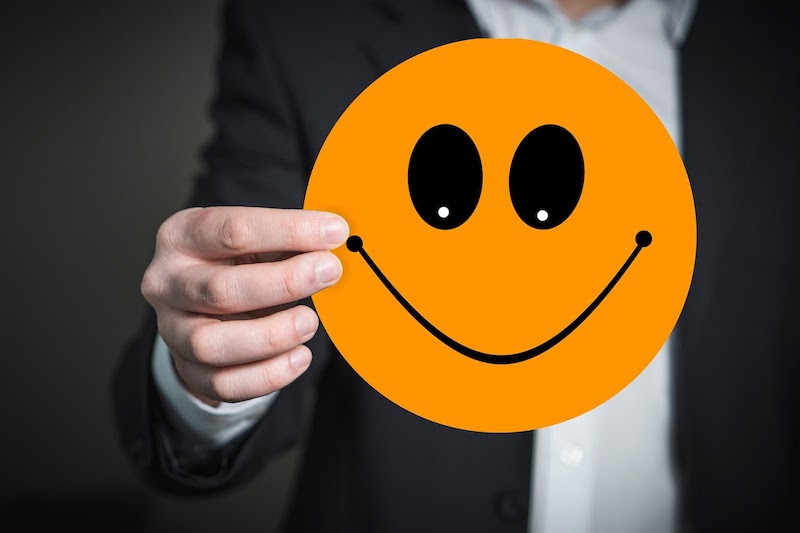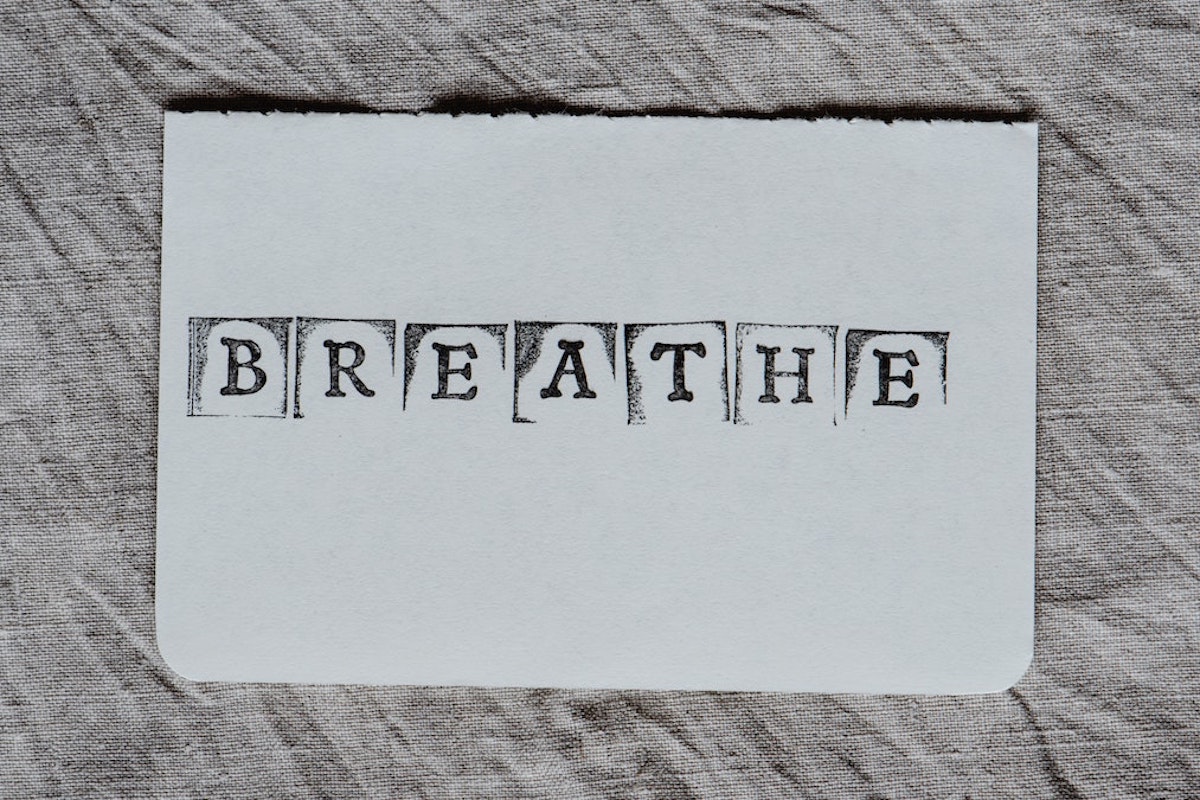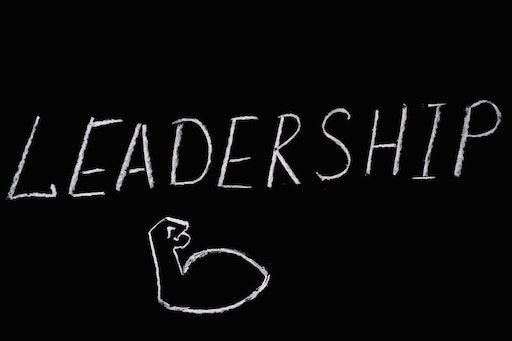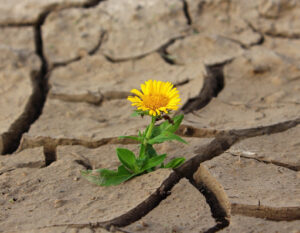3 Ways to Quickly Change How Stress Affects Your Body

You have storylines that your brain tells about who you are, what you are, and why you do what you do that run through your mind constantly. Have you ever wondered why you tell the stories you do? Have you ever considered there might be other ways to tell the same stories?
I’ve been thinking about this a lot because I just completed a three-day meditation retreat. I’ve meditated for years, but in this weekend-long experience, I was able to really notice the stories my brain tells me. I quickly realized during this experience, that there are some stories I tell myself that I wanted to shift. I bet you have some, too.
The challenge is we can’t just tell ourselves not to think about something. Research clearly shows that if we try this, we’ll think about whatever we don’t want to think about ALL THE TIME.
As the evil robotic aliens in Star Trek: The Next Generation would say, resistance is futile.
Distraction, on the other hand, is a beautiful technique to help entice the brain away from unhealthy or old storylines it’s addicted to.
Here’s an example: If you have a tough relationship with a colleague and your brain won’t stop telling stories about all the things that person has said to you to make you angry, don’t just tell yourself to stop thinking those thoughts. It doesn’t work, and as I mentioned, if you try to stop the thoughts, you’ll only think about the negative thing more.
Instead, every time this person comes up in your mind, distract your brain. Here are a few strategies to try:
- Make a sound. When my brain goes haywire on an old story, I say, “nuh-uh” in my mind or even out loud. It’s the same sound I make when I train puppies and want their attention focused away from the shoe their chewing.
- Lighten up. I think it’s really hilarious to train my brain like I’m training puppies, so every time I interrupt my thoughts with the “nuh-uh” I start laughing. When you laugh, you change the energy immediately and the brain easily lets go of a story as you focus on how good it feels to laugh.
- Switch it up. Instead of following the train of the story, “That person always…” switch it up with another thought about that person. For instance, you might say in your mind, “Thank you, for being a teacher for me.” Eventually, you’ll be able to let go of the negative thoughts more often and invite in positive ones.

(This is Luna, the inspiration for this post. Photo by the genius photographer, Margie O’Loughlin. How can we stay mad with this little lady looking at us like that?)
What’s really interesting is what happens in your body when you start thinking those negative thoughts and what happens in your body when you learn to distract yourself and let them go.
Just give it a try to see what I mean. Close your eyes and think about someone you have conflict with. Notice what happens in your body. Shortened breath? Tight shoulders, neck, or chest? This is what it feels like when you turn on the stress response in the body. You are doing that to yourself!
Now that you’ve got this person in your mind, practice with one of the three strategies and notice what happens in your body when you practice drawing your mind away from the negative story. Does your body relax? Can you breathe more deeply? Can you bring a smile to your face?
You get to control whether or not you’ll allow your brain to continue to focus on things that harm your body with stress, or not. It’s up to you. So what will you choose?
I choose the puppy.
With love,
Jacque
